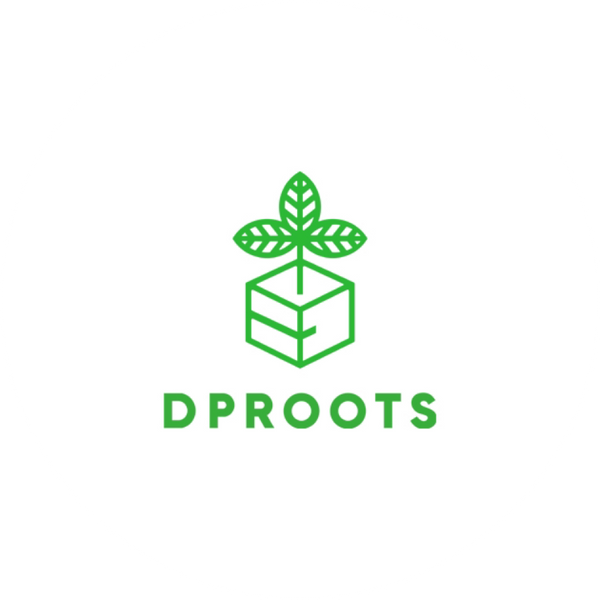Hydroponics in Canada: A Complete Guide to Year-Round Growing Success
Share
Why Hydroponics is Booming in Canada
Canada’s extreme weather—from frigid winters in Alberta to short growing seasons in Quebec—makes traditional farming a challenge. Hydroponics, the soil-free method of growing plants, offers a sustainable solution. According to Agriculture and Agri-Food Canada, hydroponic greenhouse production has grown by 18% annually since 2020, driven by demand for fresh, local produce and urban farming innovations.
This guide explores how hydroponics works in Canada’s unique climate, the best systems for growers, and actionable tips to succeed.
Top Hydroponic Systems for Canadian Climates
1. Nutrient Film Technique (NFT)
Ideal for leafy greens like kale and lettuce, NFT systems use minimal water and thrive indoors. Perfect for urban setups in Toronto or Vancouver.
-
Why Canadians Love It:
-
Energy-efficient LED compatibility reduces heating costs during long winters.
-
Compact design fits in basements or garages.
-
2. Deep Water Culture (DWC)
Grow tomatoes, peppers, or herbs effortlessly. DWC systems suspend roots in oxygenated water, preventing root rot—a common issue in humid regions like Ontario.
-
Pro Tip: Use aquarium heaters (25–50 CAD) to maintain water temperature in colder provinces like Manitoba.
3. Vertical Hydroponic Farms
Maximize space in small homes or commercial operations. Vertical systems are popular in cities like Montreal, where land costs are high.
How to Start Hydroponics in Canada: A 5-Step Plan
-
Choose the Right Location
-
Basements, garages, or insulated greenhouses work best. Avoid unheated sheds in regions like Saskatchewan (winter temps can drop below -30°C).
-
-
Optimize Lighting
-
Use full-spectrum LED grow lights (e.g., Spider Farmer or ViparSpectra) to compensate for limited sunlight.
-
-
Water Quality Matters
-
Test pH levels regularly. Canada’s hard water (common in Alberta) may require pH-down solutions.
-
-
Climate Control
-
Invest in humidifiers for dry prairie climates or dehumidifiers for coastal areas like British Columbia.
-
Success Stories: Hydroponics in Action Across Canada
-
Northern Greens Co. (Edmonton, AB):
This urban farm uses NFT systems to grow lettuce year-round, supplying 30+ grocery stores despite -25°C winters. Their secret? Insulated grow tents and energy-recycling LEDs. -
Coastal Harvest (Vancouver, BC):
A commercial DWC setup leverages BC’s mild climate and rainwater harvesting to grow organic herbs for high-end restaurants.
Overcoming Canada’s Hydroponic Challenges
-
Winter Energy Costs:
Pair systems with solar panels or geothermal heating (common in Ontario greenhouses). -
Regulatory Compliance:
Ensure nutrients meet Canada Organic Standards if selling certified organic produce.
FAQs About Hydroponics in Canada
Q: Can hydroponics work in Canada’s Arctic regions?
A: Yes! Growers in Yukon use heated greenhouses and hybrid hydroponic/aquaponic systems.
Q: What crops grow best hydroponically in Canada?
A: Leafy greens (lettuce, spinach), herbs (basil, mint), and strawberries thrive.
Q: How much does a starter kit cost?
A: Budget-friendly home kits start at 150CAD∗∗(e.g.,Aerogarden).Commercialsetupsrangefrom∗∗5,000–$20,000 CAD.
Why Canadian Growers Are Switching to Hydroponics
-
Year-Round Harvests: No more seasonal limitations.
-
Water Savings: Use up to 90% less water than soil farming—critical in drought-prone areas like the Okanagan Valley.
-
Higher Yields: Grow 3x faster with precise nutrient control.
Call to Action:
Ready to start? Explore trusted suppliers like DPROOTS Garden Hydroponics.
